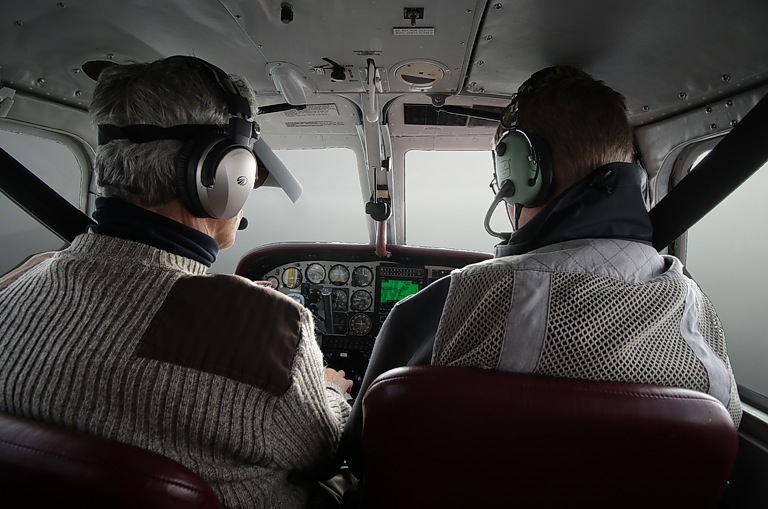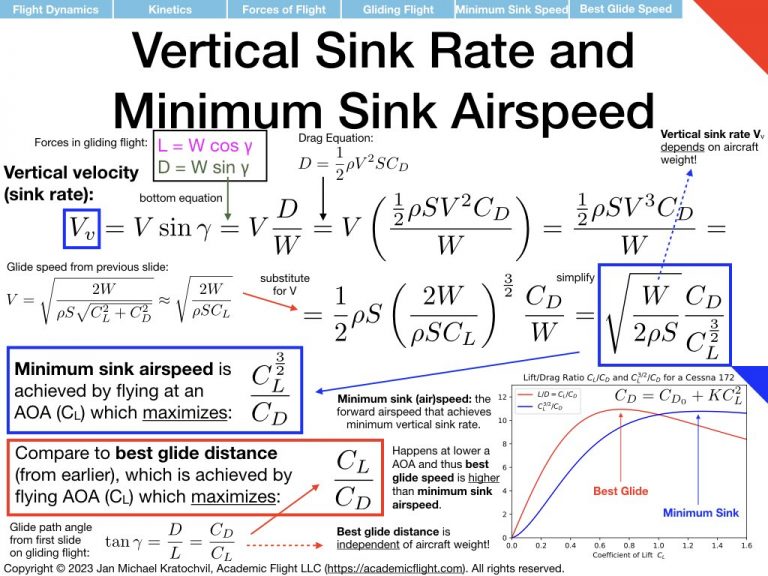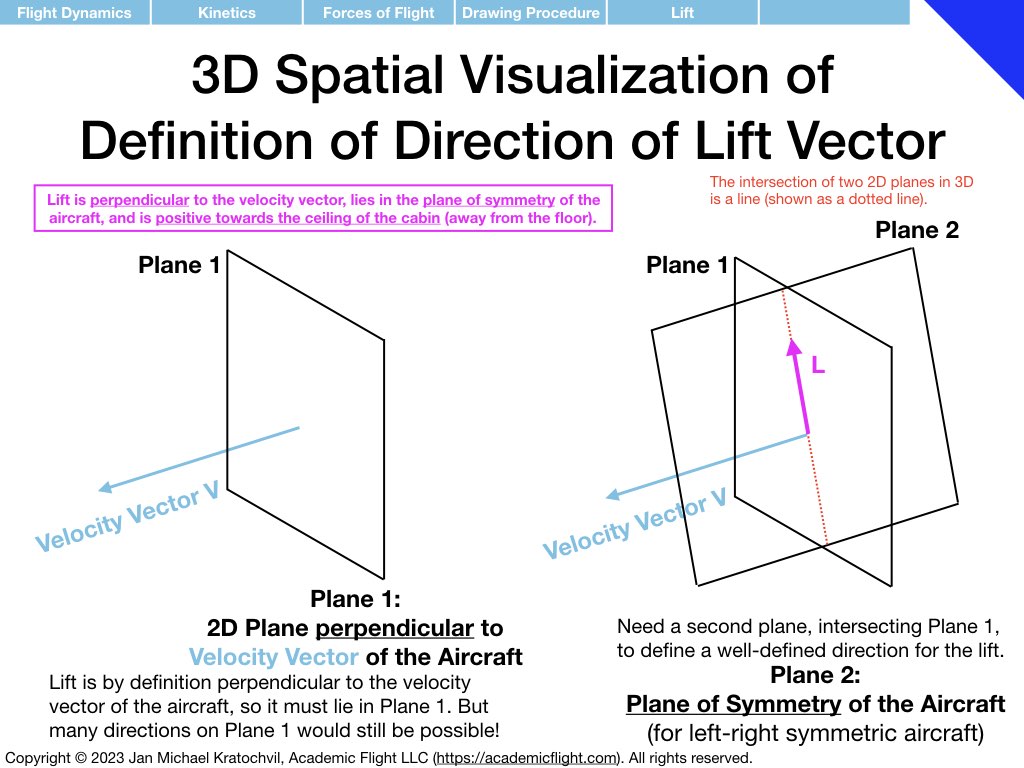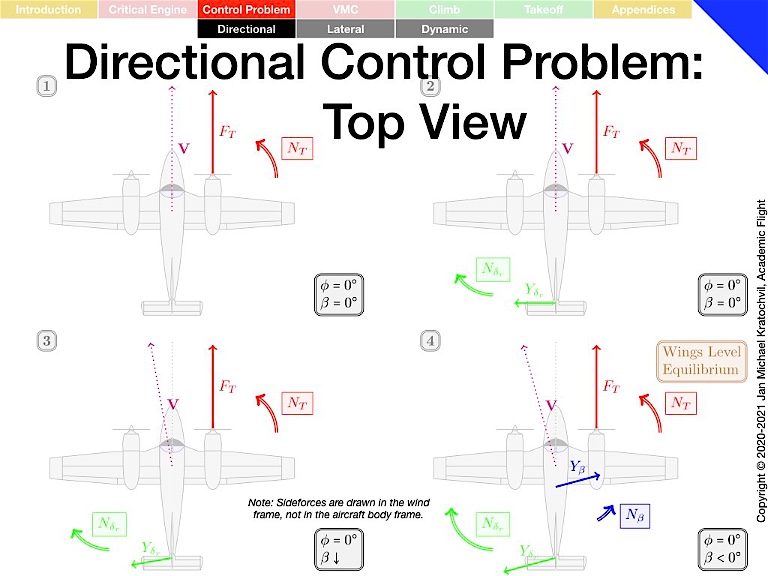Flight Training for
Flight Test Engineers
Plug your Flight Instruction directly into
your Professional Background as an FTE

Benefits of Flight Instruction for the Flight Test Engineer

Flight test engineers (FTEs) often feel it is beneficial for them at some point during their professional career as an FTE to learn to fly and to obtain a pilot certificate. Unfortunately, there is surprisingly little resemblance between the flight instruction materials at regular flight schools for the general public and the engineering-grade understanding of flight dynamics and test pilot school materials, which a flight test engineer is familiar with. In vain would you look for stability and control derivatives in standard civilian flight training literature, or any equations for that matter.
This disconnect forces the flight test engineer to connect the dots between their flight training and their professional background by themselves. This costs a lot of time and thought—and your regular flight instructor will unlikely be able to help you with this. Yet, without making this mental connection, your analytical thinking processes as an FTE will be familiar with equations and theoretical concepts, while the intuitive parts of your brain will have a feeling for how to move the control stick in flight, but there will be very little communication between the two.
At Academic Flight, in our flight training for flight test engineers we will connect the dots for you—from the very beginning during your primary flight training. You will experience a stimulating flight training environment which leverages your flight test engineering background optimally. Our test pilot school educated instructor staff will present the flight instruction materials in the precise, professional language you are accustomed to from aerospace engineering and flight testing, with deliberate intent to improve your intuition for flight and to connect it to your academic and practical experience as an FTE. We will also be able to proceed efficiently deeper beyond standard flight training content with minimum extra time expense, by giving you deliberate firsthand experience with fundamental flight dynamics concepts such as the phugoid, frequency sweep, Dutch roll mode, etc., because you already know, what these are, and are able to easily grasp their essence.
We would like you to have this form of formal flight instruction for flight test engineers from the beginning of your flight training, because in crisis situations and emergencies pilots tend to revert to what they have learned first (law of primacy). This technical approach to flight instruction will also set you up in a comfortable position to be able to take some of our advanced flight training courses after your private pilot certificate with ease, such as upset prevention and recovery training (UPRT). And yes, we do pre-solo spin training; we believe a pilot should be intimately familiar with the full legal performance envelope of their aircraft in order to be able to use it in an emergency as required, and we will put your mind and body through their paces.
The precise and concise language of aerospace engineering will enable us to communicate efficiently in pilot ground school and in flight and will save you time and money. For instance, in the slide on the right, which showcases some of the uniqueness of our flight training materials at Academic Flight, we manage to fit lift curve, drag polar, glide path angle, airspeed, load factor and its dependence on bank angle in a level turn, accelerated stall speed, and more – all in one slide.

In-Person and Remote Flight Training for Flight Test Engineers
Ideally, you would do all the ground instruction and flight instruction for your private pilot certificate (or advanced ratings) with us. However, we do recognize that obtaining a pilot certificate takes some time, especially if one pursues it on the side, next to a full-time job as an FTE. We therefore also offer our instruction services online.
In the online format, you can take flight instruction at your regular local flight school, and merely speak with us about what you did in the airplane over the internet, so we can rephrase it in the context and language of flight test and aerospace engineering. We can also illustrate some flight dynamics and flight control concepts, by having you share the flight simulator on your home computer with us over the internet during the instruction session.
Samples of Flight Instruction Materials
To illustrate the merits of our approach, and to allow you to get a head start for the flight training course, we have made a number of slides from a previous edition of this flight instruction course public on this website. Please review these Pilot Ground School 2023-2024 slides diligently, in order to:
- assess whether our Flight Training for Flight Test Engineers course is the right fit for you,
- get yourself a head start on the course,
- start connecting your practical flight experience with your existing flight test engineering knowledge.
Please also consider reading our general basic learn-to-fly article, explaining how pursue flight training efficiently and self-prepare well—for flight instruction at any flight school. If you have any questions, please contact us. We will be happy to advise you further.
Sample presentation slides from our Flight Training for Flight Test Engineers course.






